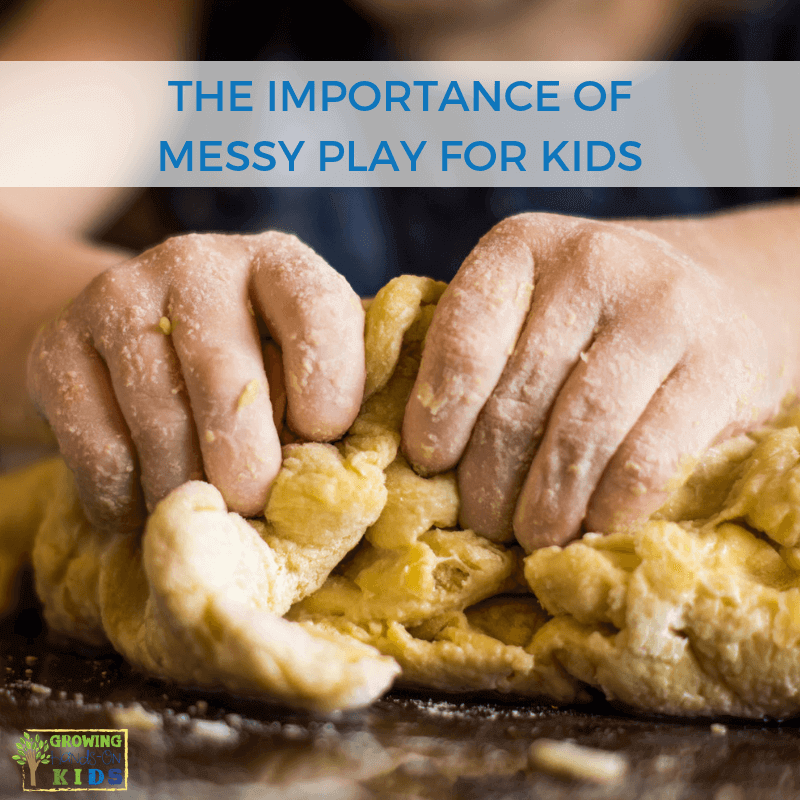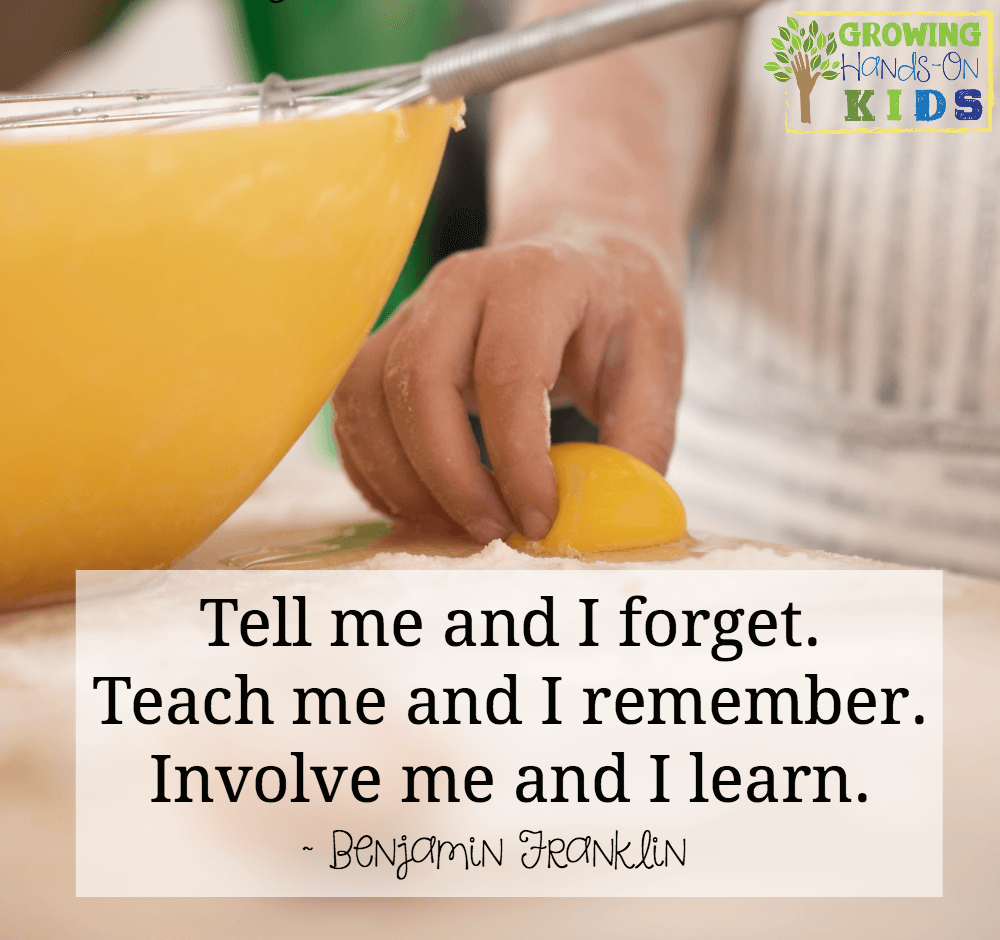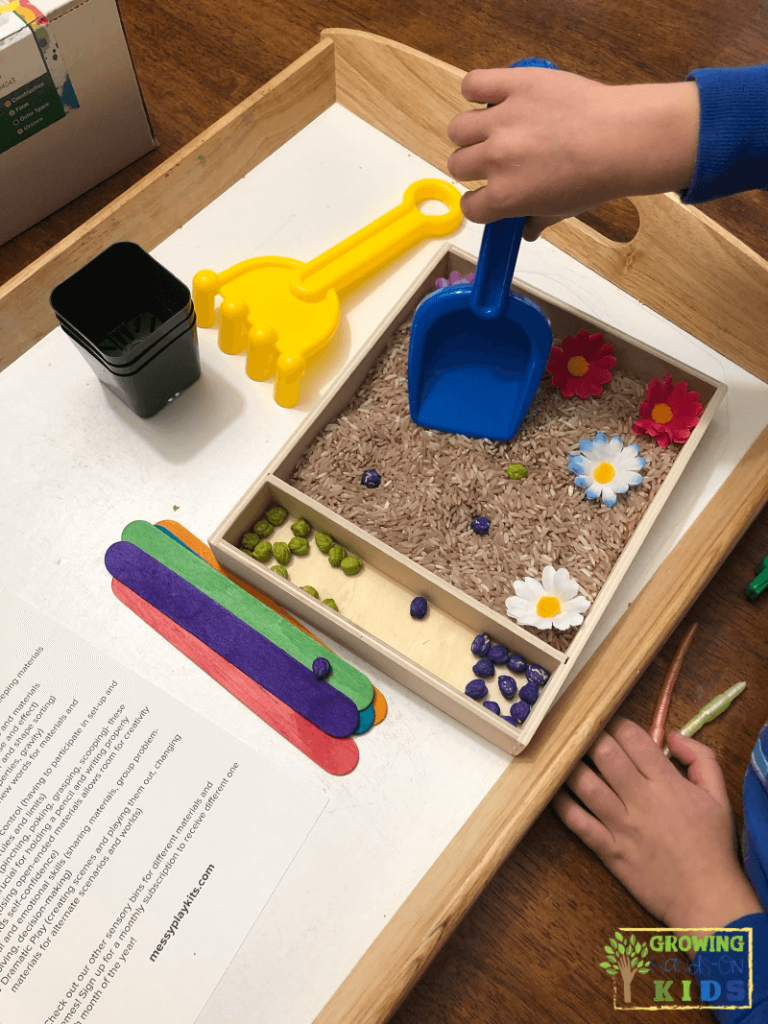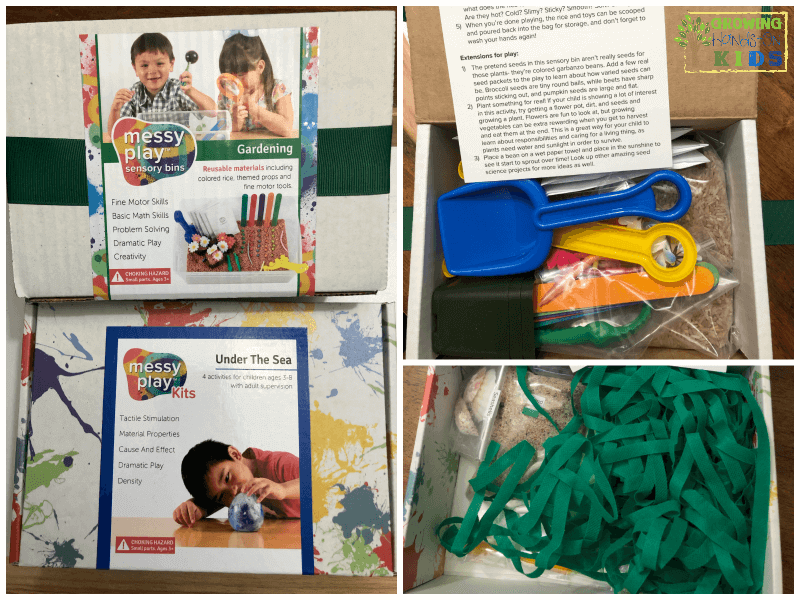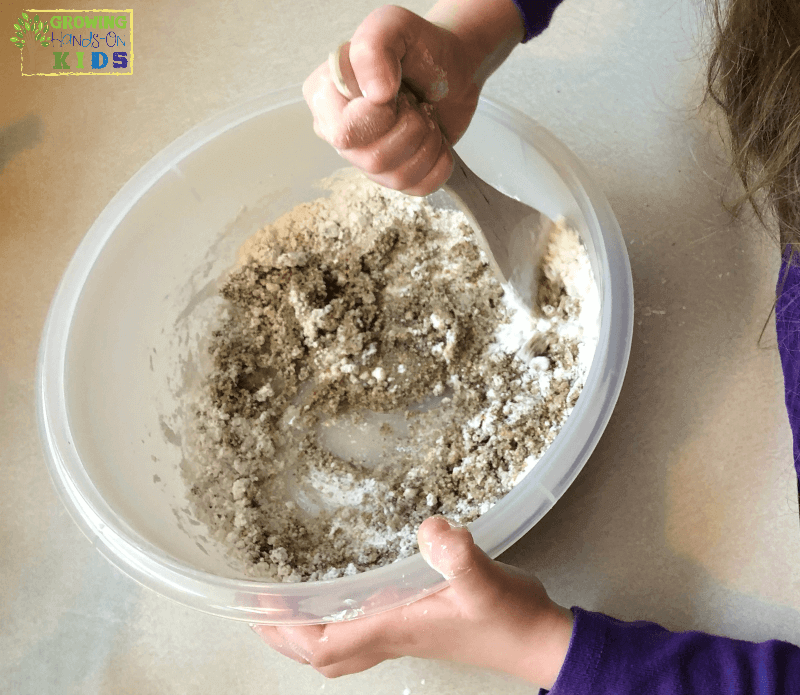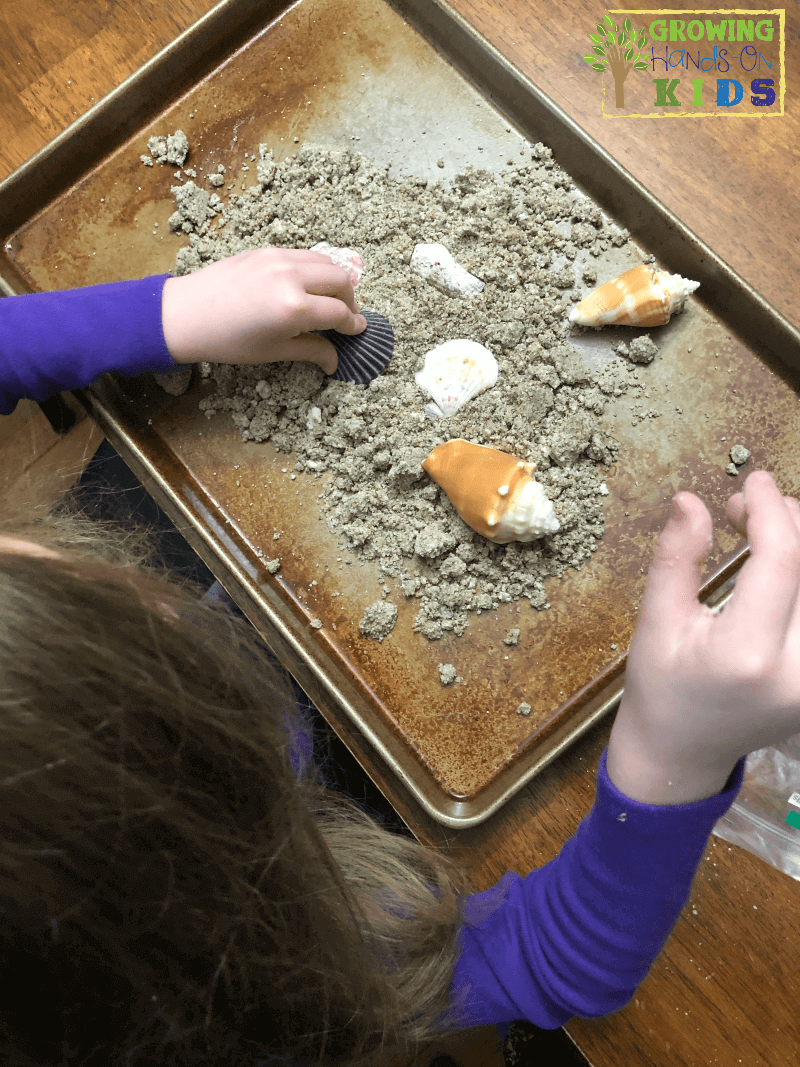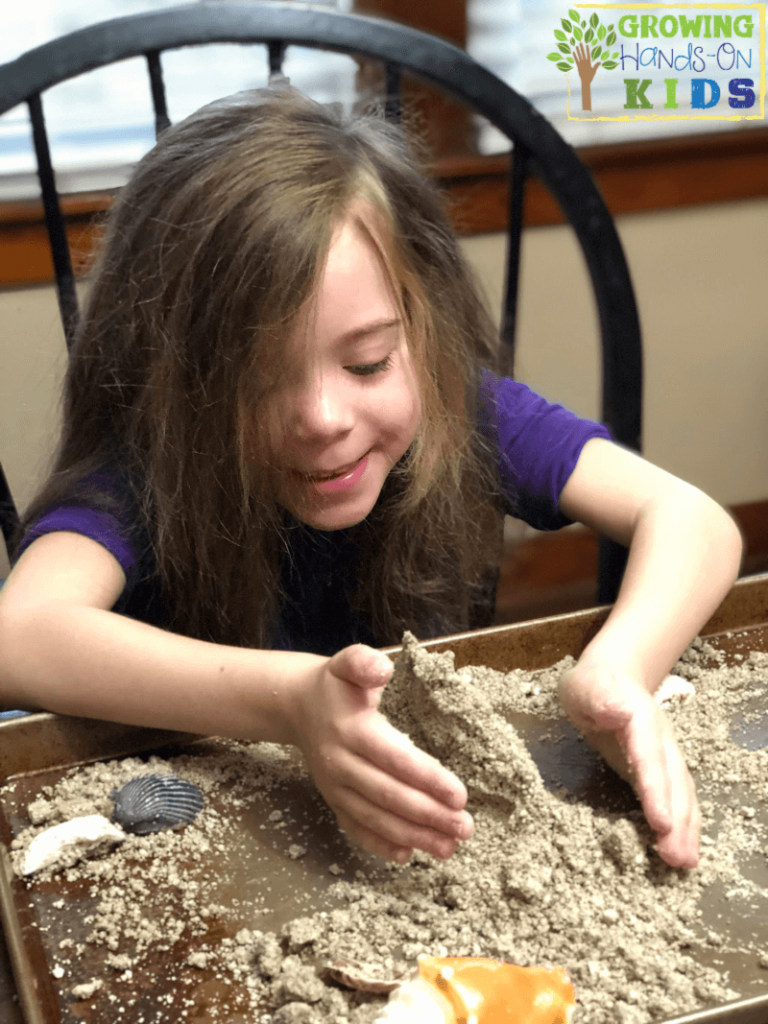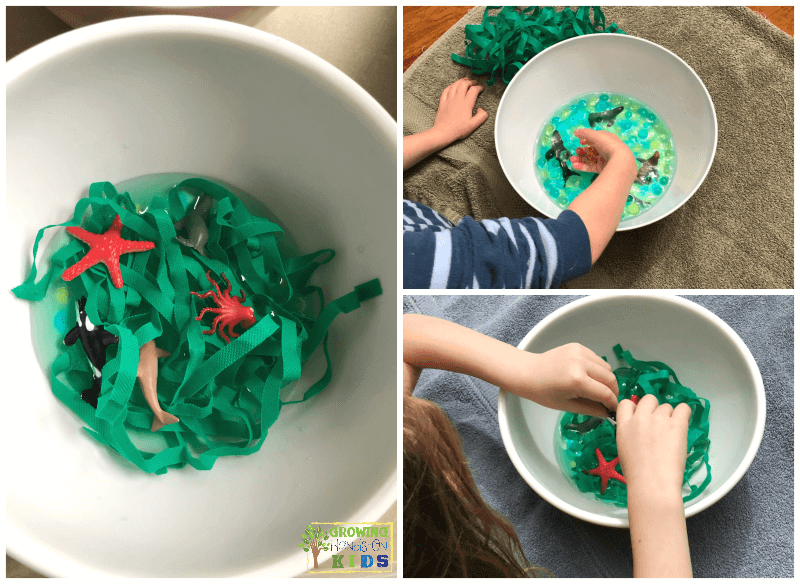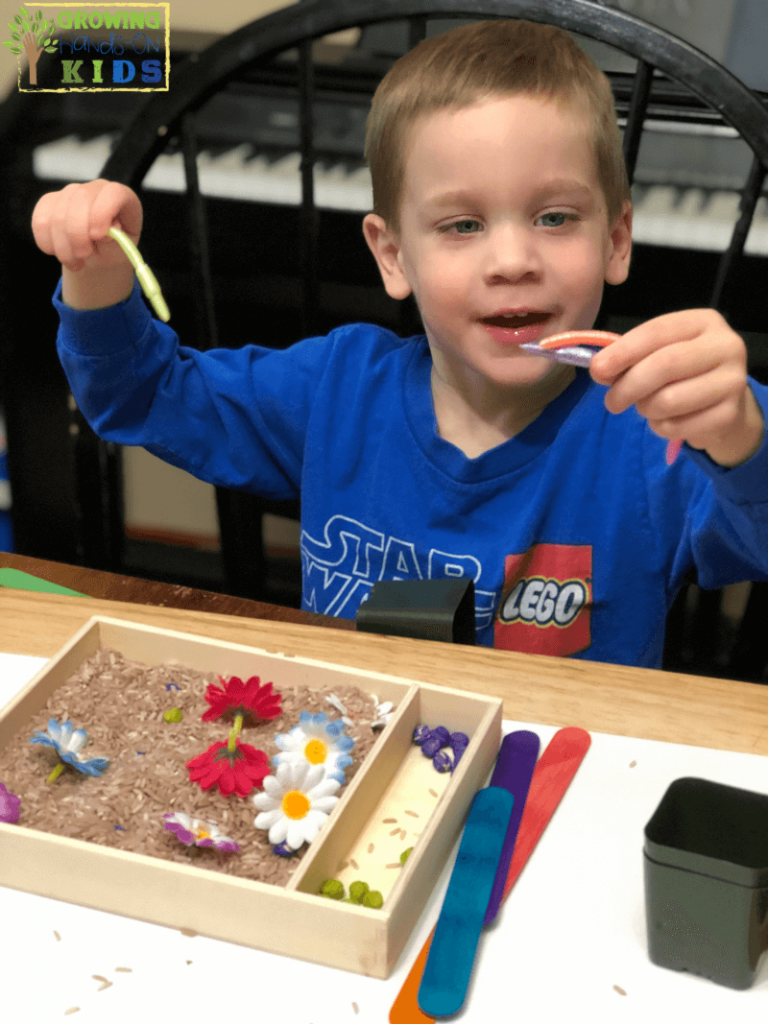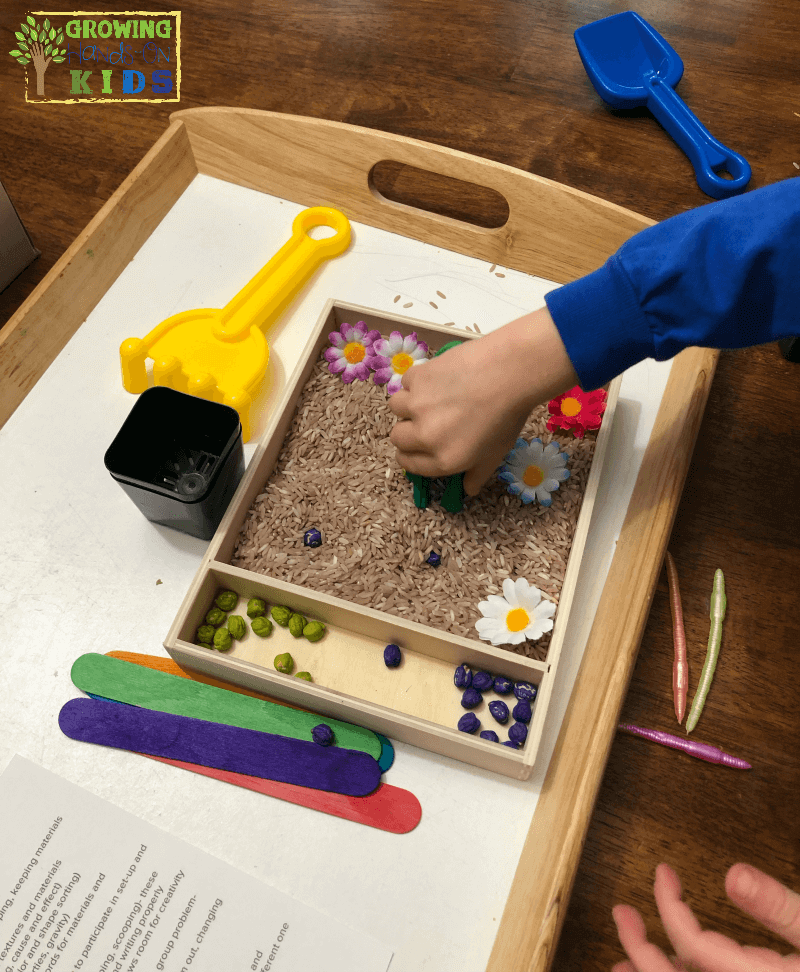The Importance of Messy Play for Children
Affiliate and Referral links are used below to promote products I love and recommend. I receive a commission on any purchases made through these links. Please see my disclosure policy for more details. As an Amazon Associate, I earn from qualifying purchases.
Have you seen all the homemade play dough, goop, oobleck, and slime recipes on Pinterest? Or maybe you searched for a fun activity idea and came across the term “messy play” or “sensory play”. While messy play may seem like a new fad on the internet, it is an important part of child development. Let's take a look at the importance of messy play and how you can add it to your child's day.
I also want to thank Messy Play Kits for sponsoring today's post. You can learn more about their company at the bottom of this post and see their stocking stuffer guide for the holiday season.
This post is sponsored by Messy Play Kits. I received monetary compensation and free products in order to write this post. All thoughts and opinions are my own and 100% honest. Please see my disclosure policy for details.
Messy Play or Sensory Play?
You might have seen the terms ‘messy play' or ‘sensory play' when you search online. Both can be used interchangeably and mean the same thing.
So what exactly is messy play and sensory play? In short, it is an activity that engages a child's senses including eyes, ears, nose, mouth, touch, balance, or movement.
According to Piaget's theory of development, children from the age of zero to eight are in two different stages of development: the sensorimotor stage from ages zero to two and the preoperational state from age two to around seven or eight.
In both of these stages, play through experimenting and exploring their environment is critical for development.
The sensorimotor stage from birth to two is all about using the senses to explore this brand new world. How things feel, taste, sound, look like, and how your baby moves in order to explore these things aids in their cognitive learning. They quickly learn how much strength they need to pick up a block or if something feels soft or hard.
As a child grows and enters school, this learning through play and exploring is still a vital part of their cognitive development. They build on the sensory experiences they had as a baby and toddler to produce symbols and language and other academic skills.
It is vital as educators, parents, and therapists working with children in these early stages and ages that we don't forget to just let them play.
Playing and exploring IS learning for a child. Playing is their job!
The Importance of Messy Play
There are some specific skills that messy play can help facilitate.
PHYSICAL DEVELOPMENT
You may have guessed already, but using all eight senses to explore and play leads to many great physical development skills.
Using the hands and fingers promotes fine motor development such as finger dexterity, hand strength and shoulder strength. These skills are the building blocks for future handwriting. Using the senses of balance and body awareness enhance gross motor skills.
Messy play also helps children to understand how things feel, such as textures and temperatures. They also learn about body awareness and personal boundaries or spacial awareness.
Children can develop many great pre-writing skills with messy play through pouring, scooping, and grasping while perfecting eye-hand coordination skills.
For a child who struggles with textures, especially food, messy play can be a great way to encourage sensory exploration in a fun and less stressful way than at the dinner table.
LANGUAGE DEVELOPMENT
Messy play can lead to amazing discussions with your child. Does it feel hot, cold, soft, scratchy, hard, smooth? Is it large or small?
It is also a great way for children to engage in pretend play and using symbolic language. Shaving cream can become an ocean, play dough is suddenly a huge mountain or a forest. Children also tend to talk more, using more language with pretend play. It gives them a chance to practice their vocabulary and use more complex language such as descriptive adjectives and verbs.
COGNITIVE SKILLS
Messy play is really the beginning of early STEM learning. Children use hands-on play and experiments to learn about the different environments and items they are exposed to. Math skills can include things like size, conservation, timing, matching, classifying and sorting. Science skills can include things like cause and effect, gravity, problem-solving, and the beginnings of the scientific method.
SOCIAL AND EMOTIONAL SKILLS
I have seen first hand the way messy play and sensory play can be used to help a child calm and focus on a task. My 3-year-old is especially fond of play dough and his focus during that activity always amazes me.
According to Russian psychologist, Lev Vygotsky, “a child’s greatest self-control occurs in play (1978, p.99).” He proposed that pretend play, in particular, could be a leading factor in the development of the child’s ability to self-regulate. And messy play is a great way to encourage this pretend play.
Messy play doesn't just benefit children under the age of eight. My friend Sharla tells the story of her teenage son who was having a rough day with his emotions. He was upset and angry and on the verge of a meltdown. My friend, who is also a huge advocate of sensory play, had a bowl of cloud dough sitting out. He mindlessly put one hand in and began to squeeze and knead and squish and shape.
Slowly, his anger melted away. He sat there for over an hour and a half playing in that cloud dough and began to talk. That led to another batch of another type of cloud dough (to compare the textures) that he engaged in helping to make. Which led to some more talking, smiles, and then even some laughter.
Messy play is also a great way to encourage children to work together and cooperate in group play or one-on-one play. They learn about personal boundaries, understanding someone else's ideas and views, and they have the opportunity to express their own.
CREATIVE DEVELOPMENT
There is no one way or right way to messy play. It leaves the child in control of the outcome and they have the freedom to explore and test different theories in order to get the desired response. This can boost their self-confidence and also encourage them to find new ways to do things by using their imagination and creativity.
SENSORY INPUT
The most obvious benefit of messy play is added sensory input. As we already established, children learn through experiences and hands-on activities. Messy is one of the best ways to do this and also introduce your child to different types of sensory input.
If you are working with a child who has sensory challenges, don't overwhelm them with too many different kinds of input. This can lead to a sensory meltdown if you aren't careful. Follow their lead and don't push them into something they aren't comfortable with.
You can share this video on YouTube HERE.
Using Messy Play Kits With Your Kids
If you are pressed for time in setting up messy play activities, then Messy Play Kits is a perfect solution for you. Let them do all the work of getting the ingredients and toys together and all you have to worry about is setting it up and having a good time.
Messy Play Kits reached out to me asking if I would like to check out some of their kits and I knew immediately they were going to be a huge hit with the kids. Both Ellie and Ben love any type of sensory play/messy play and if it involves animals, Ellie is all over it.
When the Under the Sea kit arrived, she was so excited. Messy Play Kits sends you everything you need in order to set up your messy play experience, you just need a tub or tray to put it all on or in. I also loved that the Under the Sea Kit came with 4 different activities along with adaptations for each of those activities.
We made the moonsand beach first. I decided to use a cookie sheet so she could pretend it was a beach a little easier.
It came with shells, but we also added some of our own. And Ellie loved that it came with ocean animals that she could play with too.
The Ocean Bath was also a huge hit. Instead of using the bathtub, we filled plastic bowls with a little bit of water, added the beads, “seaweed” and animals. This one was a huge hit with Ellie.
Ben played with the Gardening Bin and also loved it. I think his favorite thing was the worms that came with it.
To help contain the rice a little bit, I set him up on our white activity tray and also used one of our wooden trays to put the rice in and separate out the “seeds.” Everything else you see in this picture, the rice, flowers, sticks, scoops, cups, worms, and “seeds” came in the Gardening Bin! There were also some tweezers, which are perfect for picking up the garbanzo “seeds” with and planting in the rice.
All of the kits and bins come with many great extension activity ideas and ways parents can facilitate all the development skills we talked about above.
I also think these kits would be perfect to use in a classroom. You could easily set them up as a messy play or sensory station, use as quiet time activities, transition activities etc. As as we talked above, messy play helps to build the skills you are already working on in your classroom.
Messy Play Kits make great birthday or holiday gifts too. You can check out their Stocking Stuffer Ideas here.
To order your Messy Play Kit, head over to their website today.
You'll definitely want to check out their monthly subscription service as it is the best deal! Messy Play Kits delivered right to your door once a month? Perfect for those “What are we doing today?” mornings or witching hour evenings.
References:
The Power of Play – A Research Summary on Play and Learning. Dr. Rachel E. White for Minnesota Children's Museum.
Cognitive Development and Sensory Play. December 2o16. Kittie Butcher and Janet Pletcher for Michigan State University Extension.
Sensory Experiences Can Be Messy Fun. Angie Dorrell. Early Childhood News.
Sensory Experiences in the Early Childhood Classroom: Teachers' Use of Activities, Perceptions of Importance of Activities, and Barriers to Implementation.May 2008. Pamela MacManus Goodwin. Oklahoma State University.
The Benefits of Messy Play. April 2017. Marilee Hartling. Early Childhood Development Association.
You May Also Like:

Heather Greutman, COTA
Heather Greutman is a Certified Occupational Therapy Assistant with experience in school-based OT services for preschool through high school. She uses her background to share child development tips, tools, and strategies for parents, educators, and therapists. She is the author of many ebooks including The Basics of Fine Motor Skills, and Basics of Pre-Writing Skills, and co-author of Sensory Processing Explained: A Handbook for Parents and Educators.

